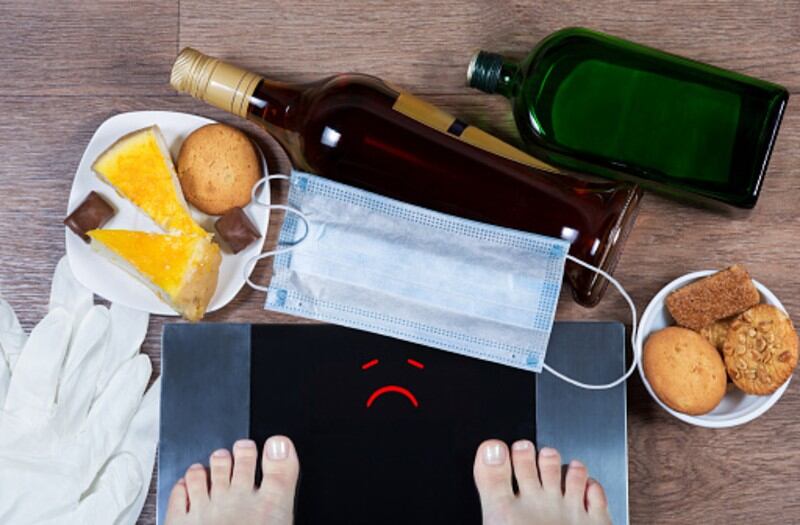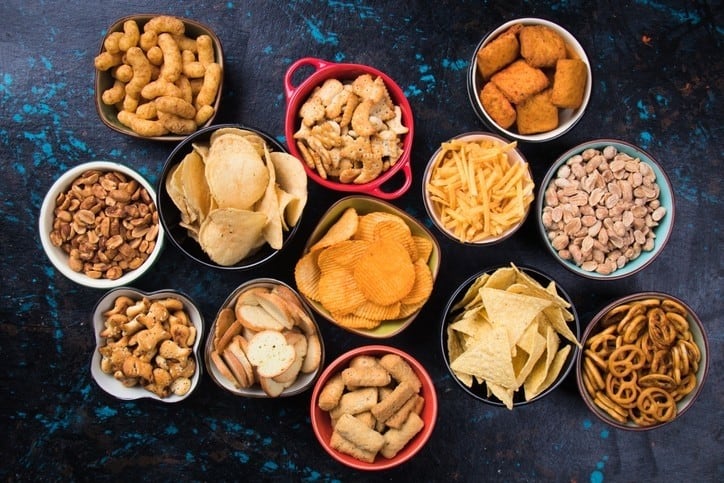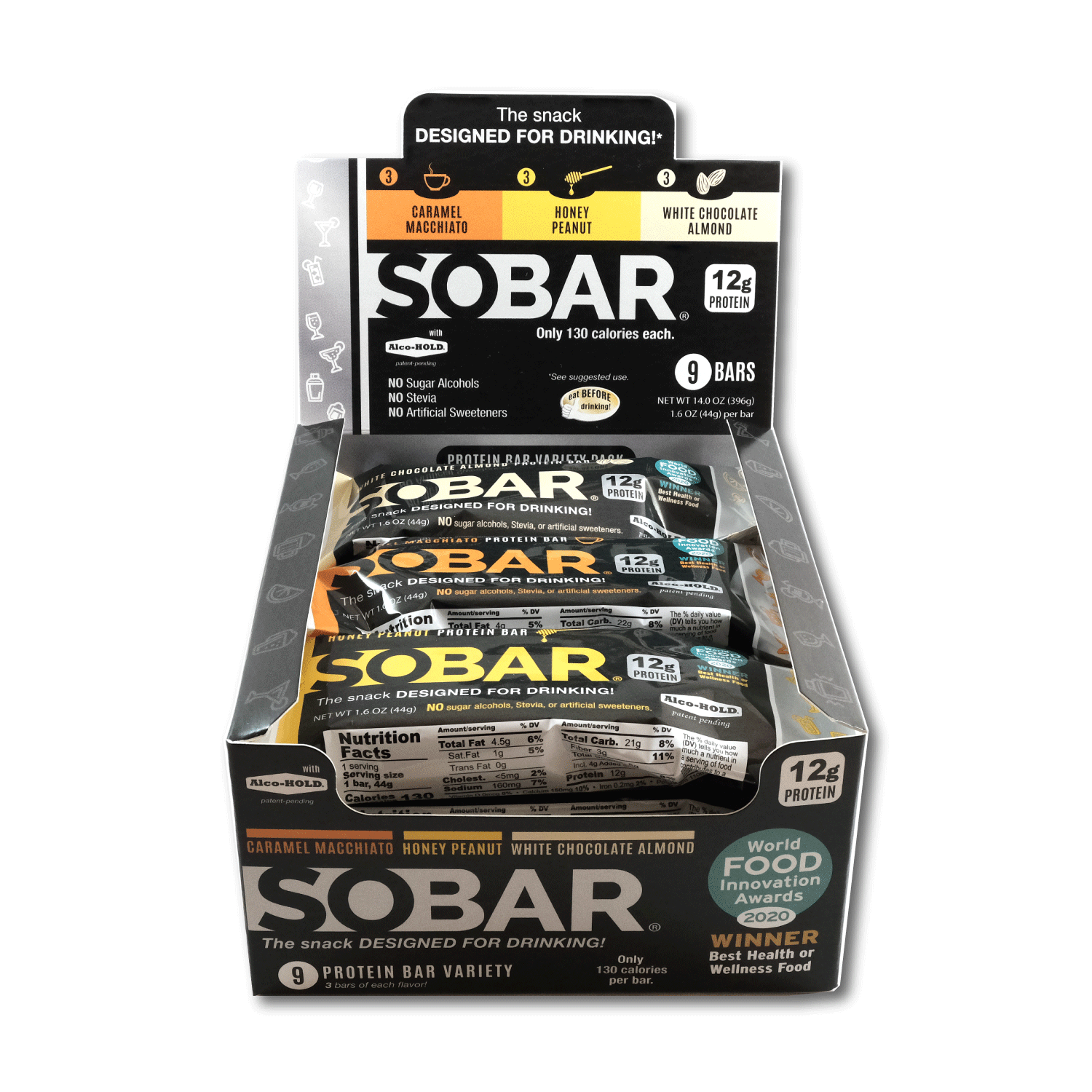The onset of the COVID-19 pandemic led to a significant increase in snacking across multiple countries, according to recent research conducted by a cross-country team across Sri Lanka, Australia and Greece, which examined trends in 34 different nations from China to Europe.
“Snacking was found to be increased for a significant portion of the population examined (between 18.9% to 45.1%, depending on the country),” said the study authors.
“[This could be due to people being] forced to stay home [a lot and dealing with] sudden changes [that] can have a negative impact both on their mental health and their lifestyle behaviours, such as dietary habits. Moreover, shifts in the daily routine and abstention from work, which can be associated with stress and boredom could lead to a greater energy intake and/or overeating.”
The study was conducted on over 120,000 participants across 34 countries, and some of the largest increases were found in APAC countries such as India with a 38% increase in snacking behaviour after COVID-19 hit the region.
Both salty and sweet snacks were included as part of the study.
“Most of such food items are rich in calories and poor in nutrients, [and overeating] during lockdown could lead to ‘Covibesity’ – [which is a phenomenon] that should not be disregarded as it can be a potential risk factor for COVID-19 infection,” said the authors.
Perhaps due to fear of falling victim to Covibesity after prolonged pandemic-related lockdowns and measures, consumers are now turning to healthier snacking options to continue this snacking habit with less fear – and food manufacturers have identified one particular snacking occasion – the mid-day afternoon snack as a rapidly emerging consumption occasion to watch.
“Mid-day afternoon snacking is the new emerging trend to watch, it is a new consumption occasion that is rapidly gaining favour with consumers especially in the Asian region,” Dole Packaged Foods APAC VP and Managing Director Aashim Maholtra told FoodNavigator-Asia.
“We have seen in countries like South Korea, Japan, Thailand and the Philippines especially, a lot of snacking is happening post-lunch at around 3pm to 4pm.
“Importantly, consumers are increasingly selecting healthier choices for this afternoon snack, such as fruit bowls and acai bowls – we have seen fruit bowl sales surge across all markets throughout this time, and there was rising demand in supermarkets and convenience stores as well such as NTUC and Cheers in Singapore.
“This mid-day snack is a clear new emerging occasion, and we are definitely looking to provide consumers with the right products to meet these, from ready-to-eat acai bowls to even fruit-based ice creams [which are healthier] and consumers are willing to try.”
Mondelez recently released the results of its latest State of Snacking survey, and in Australia it was found that the rise of the work-from-home culture has culminated in a rise in snacking as well.
The survey corroborated the rise of mid-day snacking in APAC – in particular, it was found that this was on the rise in the two countries with the largest populations in the region and in the world – China and India.
Indian consumers were found to have increased afternoon snacking by 14% year-on-year, from 63% in 2019 to 77% in 2020, whereas Chinese consumers increased this by 11% year-on-year from 46% in 2019 to 57% in 2020 – still higher compared to morning snacking between breakfast and lunch at 53%.
“Comfort is the Number One driver of snacking this year, while the uncertainty caused by the pandemic has seen people turn to trusted brands and their old favourites,” Mondelez Director of Strategy, Insights and Analytics Tom Kimpton pointed out.
“Over half of those surveyed said they’ve been buying snacks that bring back good memories during the pandemic (53%), while 72% said they want to stick with the brands they know.”
It was also emphasised that healthier snacks are still top-of-mind for consumers, with differences seen both by age and socio-economic development.
“[The majority of consumers] are more mindful snacking at home, saying they are more focused on the snacks they eat these days (57%), and that they have more control over the portions they eat because they are snacking at home more often (66%),” stated the Mondelez State of Snacking report.
“[These wellbeing priorities vary by markets] - Those in developing countries have a more holistic focus, actively seeking snacks that are vitamin rich (46%), support gut health (41%), and boost immunity (41%), while those in developed markets emphasise ingredients, prioritizing snacks that are high in fibre (25%) while also being low in ingredients like sugar, carbs, and fat (25%).”
Sustainability another contributor
The origin and sustainability of snacks is also gaining momentum over consumer choice, and has become more important since the pandemic hit, a message that many major food firms are both pushing and taking close to heart.
“One way of looking at this linked to healthier products – one of our objectives under the Dole Promise is to move away from processed sugars, so there will be zero processed sugar in our portfolio by 2025,” said Maholtra.
“[This is important as it is] what consumers want [and we need to provide in our products] from fruit bowls to canned juices so as to be sustainable in the long run – at present, around 20% of our Asia portfolio is free of processed sugar and we aim to get this to about 50% by end-2021.
“The other way [to look at sustainability] is of course the impact on the environment, so we have been working on various initiatives such as eradicating fruit waste in our supply chains, reducing plastic usage and recyclable packaging.”
With no end yet in sight to lockdowns and working-from-home arrangements due to the COVID-19 pandemic, it is likely that the afternoon snacking trend will continue for a long while yet and perhaps grow to become ingrained as a permanent consumption occasion in APAC consumer diets .
As such, it would be wise for snack firms to work on cashing in on this by conceptualising suitable products for this occasion that can avoid Covibesity, meeting both health and sustainability demands as well.
Healthy Snacking will take centre stage at our Growth Asia Interactive Broadcast Series on July 13. Find out more and register for free!





